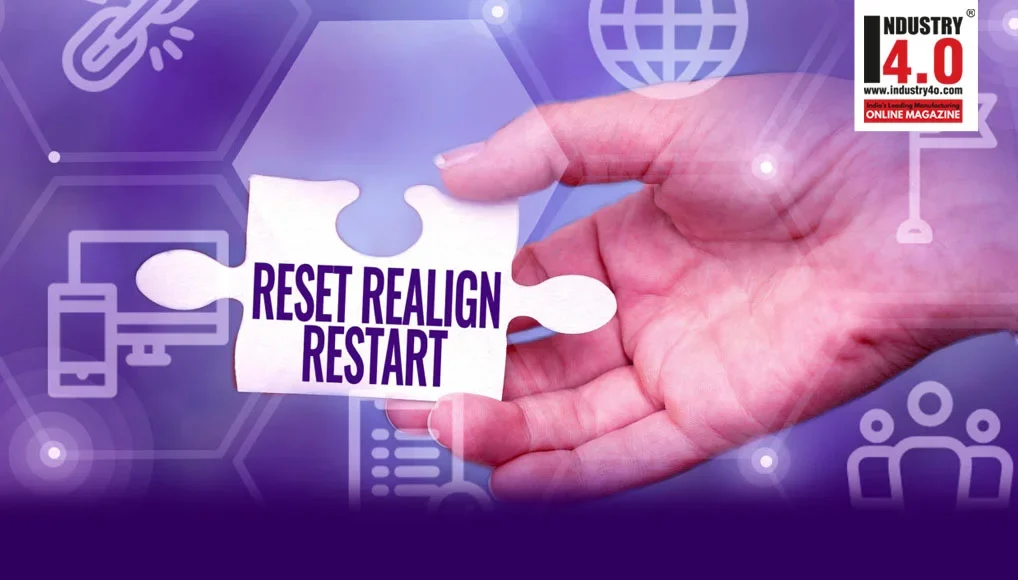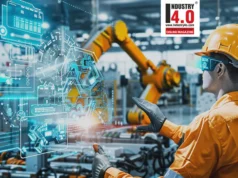Why there is a skill gap?
Several reasons contribute to the skill gap in the manufacturing industry. TRIM is perhaps what can explain the most compelling reason for the shortage of skilled personnel. TRIM is an acronym for
- T = Technological Advancement
- R = Retiring baby boomers
- I = Ineffective training methods
- M = Misconceptions about the job
The last few years have seen unprecedented technology growth in the manufacturing sector. Automation of methods and business operations created a digital revolution, replacing mundane jobs. While this has proportionately reduced the manpower requirement in the industry, it has mandated advanced skilled labor, technicians, and engineers. Like machines, the manpower also needs to be smart and be able to operate & maintain them with ease. Just upgrading or installing the state-of-the-art technology doesn’t simply help to put the manufacturing unit in auto pilot mode the eventuality would be the need for skilled professionals for ensuring smooth operations, profitability, and sustainability.
85% of digital transformations have failed, and one of the compelling reasons is the lack of required skill mastery level.
2. Retiring baby boomers
3/4th of the workforce will be millennials by 2025, meaning 1/4th of the existing workforce is soon going to be pensioners leaving behind job openings in the sector. This is one of the major reasons behind huge vacancies in the manufacturing sector. Furthermore, there are no processes aligned for effective knowledge transfer once the employees retire from the company. Experience cannot be replaced but – VR training is the smart solution.
3. Legacy training methods
Next up are the methods used for training and development of the talent pool. Legacy training models are ineffective and fail to prepare the talent pool to be future-ready. Factually, the methods incorporate presentations and video lectures with limited opportunities for hands-on learning. Even though there is knowledge gained, everything is theoretical, when exposed to real-time job environments, they are low on confidence and are prone to make errors and mistakes. Despite being trained, the required confidence to handle the situation or task is nowhere to be found. Thus questioning the efficiency and effectiveness of the existing training methodologies. Hence having a skilled workforce is very important than having a trained workforce.
4. Misconception about the job
The very nature of manufacturing drives this perception. The lucrativeness of the manufacturing sector to attract the exuberance of youth is dying slowly. The adoption rate of innovative technology is, triggering the requirement for opting for different career opportunities thereby creating a gap or skill shortage in the workforce. Traditionally this industry has been viewed through the lens of hostility and labor-driven sector. Manufacturing industries must change the dialogue surrounding the industry and perhaps reposition them as one among many that are constantly upgrading their machinery and technology and people.

Challenges faced due to the shortage of skilled man force
With the widening skills gap, manufacturers are feeling the pressure. Here are four major ways the skilled labor shortage is impacting organizations nationwide.
1. Overtime Hours
When demand goes up, manufacturers increase production. When there aren’t enough workers to do the job in the amount of time promised, manufacturing technicians put in longer hours. This can quickly lead to frustrated workers and a strained budget, driving profits down.
2. Lower-Quality Applicants
With Great resignation just blowing up like a big bang balloon, it’s even harder to find skilled workers. Because there are so many manufacturers looking for skilled personnel, the competition is high and can force organizations to hire people without the specific skills they need and then train them to do the work needed.
3. Higher Turnover and Frequent Retraining
With manufacturers competing for skilled workers, the candidates they initially attract are likely to float from employer to employer triggering the process of rehiring and training, significantly increasing the cost. One of the main reasons for a higher attrition rate is excessive burn rate and lack of being valued. This contributes largely to the widening shortage of the skilled workforce.
4. Capacity Suffers
When organizations are understaffed for long enough, they’re forced to stop taking on new jobs or increase lead times. Staff cannot be asked to work for long hours on a day-to-day basis, which leads to a longer manufacturing time of the product. Many manufacturers have started analyzing the business they do accept more closely – taking only the jobs that their strained organizations can handle without further stressing their overworked employees. Reducing the amount of work they bring in directly affects the number of opportunities manufacturers have to increase profits.
What is the solution?
VR-based learning and development.
Legacy training methods such as training manuals, SOP, job shadowing, evaluations, and certification processes are outdated, less effective, and time-consuming. These methods also don’t address the need to cater to different learning styles: visual, aural, verbal, etc. hence with Virtual Reality and Augmented Reality these processes are on the brink of disruption. Secondly, they are not analytically driven making the conventional training methods less efficient.
Immersive training not only condenses the learning and development time but also brings in analytics helping the organizations track the effectiveness of the training program and skill mastery status.
1. Comprehensive Training Models
While there are multiple reasons for the labor shortage, skill mismatch and shortage lead the space. Probably this is the reason many manufacturers are adopting VR-based training for condensing the skill mastery time and up-skilling their existing talent pool designed with advanced analytics allowing them to track the effectiveness of the training program and the skill mastery level of the learner.
2. Digital Library
Retiring baby boomers or employees leaving the organization is inevitable, the smarter solution is to set up a system of capturing the experience. Immersive learning is all about 3D and the above is the situation tailor-made for this. Every organization is different when it comes to the culture, people, business, operation, maintenance, and technology, so a one size fits all approach will never work, instead, the content has to be created for each organization, which is easily scalable across the locations via cloud computing thus making the learning experience consistent and immersive.
Summary:-
The next generation of the workforce will no longer be button pusher or order taker, instead, they will be a collaborative and thinking partner who believes in executing intelligent decisions based on information, logic, and collective experiences. However, for a culture of always-on learning to permeate an organization, we must give workers access to digital libraries -on process improvement platforms that give access to relevant content. Such content includes interactive 3D models, podcasts, and immersive learning – where the primary goal is to focus on the watch and learn or imitation-based learning. VR demos of the product, machinery, SOP, and so on are new-age digital manuals. It is not technology or costs that hinder the development of an empowered, super-productive, and motivated workforce, it is our inability to transcend the value-based learning modules, and methodologies. Hence the time has come for the manufacturers to understand the ecosystem of open innovation, as they say – learning truly never stops in the manufacturing world. As we move towards the era of smart manufacturing, the employer needs to understand the critical component driving the transformation are people and they need to be skilled not just trained.
About the Author :
Mr. Prasanna Upadhyaya
Head – EIS, 8Chili Inc
Prasanna is a Digital Manufacturing Leader with a proven track record of successfully executing Industry 4.0 initiatives with a focus on ROI and Sustainable manufacturing.
Prasana has strong data driven abilities and a clear understanding of Internet of things, business transformation process, ROI modelling, ERP implementation and integration, supply and demand side economies and its impact on manufacturing.
Mr. Prasanna Upadhyaya is Bestowed with the following Licenses & Certifications :
https://www.linkedin.com/in/pr
He can be contacted at :
Email : [email protected]
LinkedIn : pr
Twitter : https://twitter.com/pkupadhyay22
Also read his earlier article:














